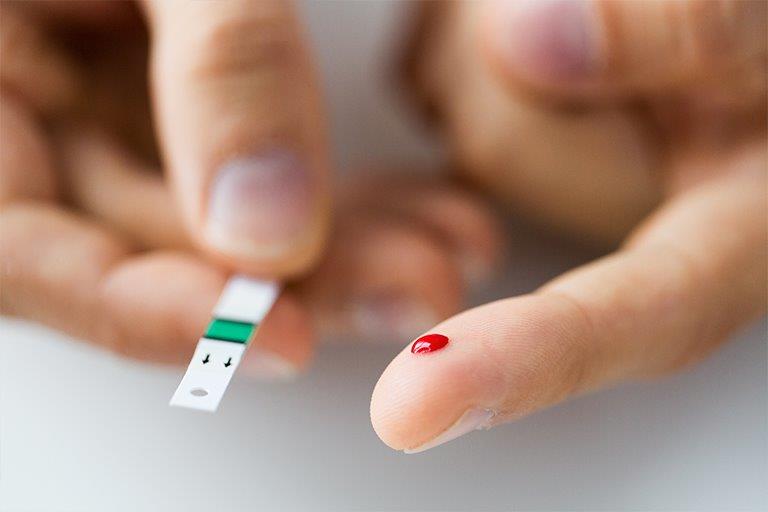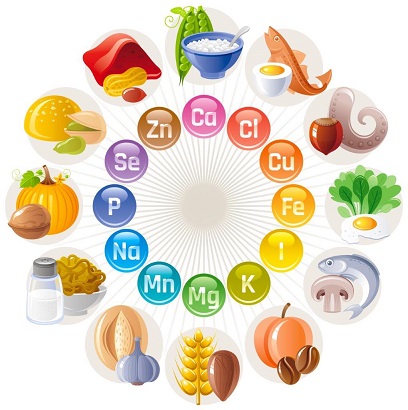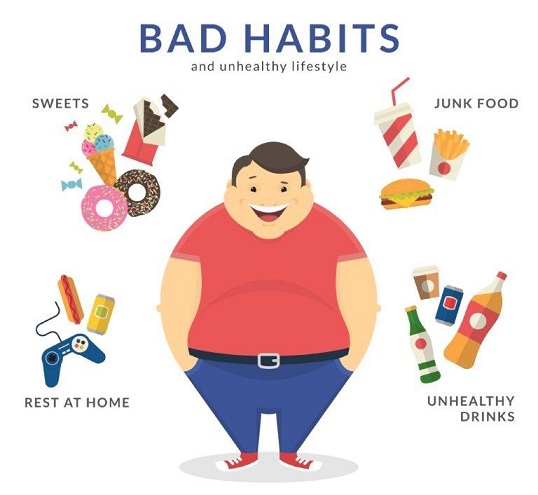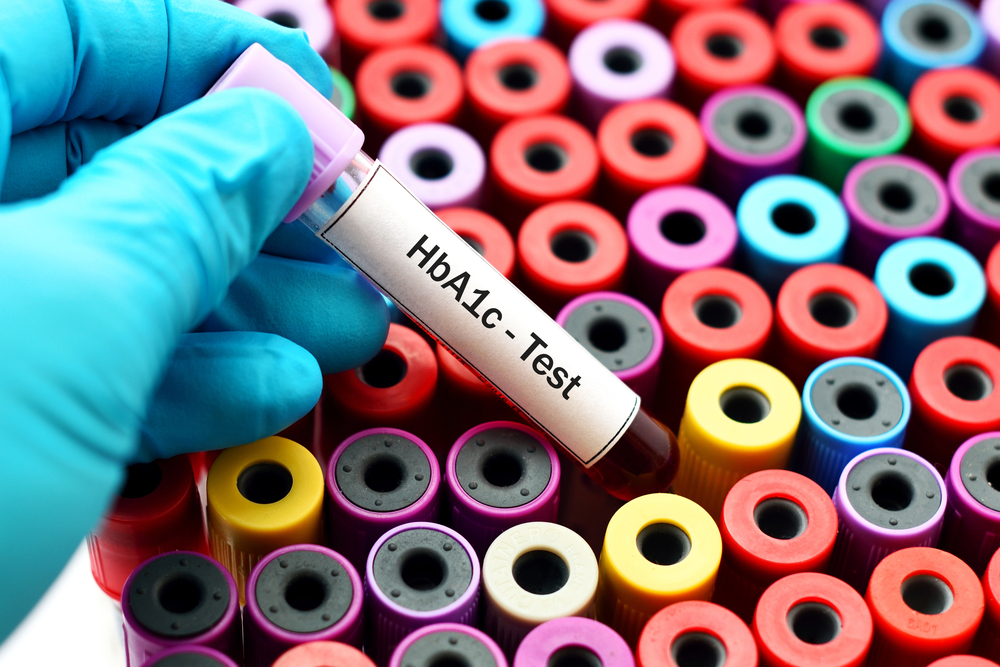Diabetes 101: All You Need To Know About The Disease

With nearly 50 million Indians suffering from Diabetes and 3.4 million dying of its complications, such as blood sugar imbalances, Diabetes has become one of the most talked about diseases across the globe. But do you know enough about the disease to safeguard you and your family?
Understanding diabetes
Diabetes, often referred to as Diabetes Mellitus or DM, is a metabolic disorder that is characterised by high blood glucose levels. Glucose is essentially the product formed when the food we eat breaks down. It is vital to your health because it’s an important source of energy for the cells that make up your muscles and tissues.
Common terms you must understand
- Blood glucose level: The blood glucose level is the measurement of glucose in the blood at a given time.
- Insulin: Insulin is a hormone that helps the body use or store glucose. If sufficient insulin is not present in the blood, glucose can’t be utilised by the body. This would raise glucose levels in the blood.
- Insulin resistance: An early stage of diabetes in which the body does not respond well to insulin.
- Glucose intolerance or pre-diabetes: A condition in which blood glucose levels are high but not high enough to be diagnosed as full-blown diabetes.
Does overeating cause diabetes?
- It is not completely true that overeating causes diabetes because it’s usually genetic and lifestyle factors cause diabetes. However, overeating sugar can increase calorie intake and make you obese. A diabetic person can eat sweets as a part of a healthy meal plan, but it should be in moderation- in small portions on special occasions only.
- Additionally, obesity is a known risk factor for diabetes. However, not every obese person will develop diabetes. Many obese persons do not develop diabetes and not every diabetic patient is obese while many normal or underweight people do.
So, what causes diabetes?
A genetic predisposition may cause type 1 diabetes. Certain genes have been associated with this type of diabetes, but this is not the only factor; various dietary and lifestyle factors also play a significant role.
Both family history and lifestyle factors (obesity, lack of exercise etc) play an important role in development of type 2 DM. It has been observed in many studies that a healthy diet and lifestyle play a significant role in preventing the disease in people with a family history of diabetes.
Lifestyle disorders is the major factor responsible for increasing number of diabetes patients in India. So, make yourself and your loved ones aware of this chronic medical condition, take the necessary steps to prevent it, and stay healthy.
Preventive Measures
- Eat healthy foods: Choose foods lower in fat and calories and higher in fibre. Focus on fruits, vegetables and whole grains.
- Physical activity: Aim for 30 minutes of moderate physical activity a day. Take a brisk walk daily.
- Lose excess weight
Who should be tested among asymptomatic individuals (those who do not show any symptoms)?
As type 2 DM remains asymptomatic for a very long time. The American Diabetes Association recommends the following for early diagnosis:
- For all patients, testing should begin at 45 years of age
- Overweight or obese (BMI >23 kg/m2 in Asian Americans) people who are less than 45 years of age but have one of following risk factors:
- First-degree relative with diabetes
DM increases blood glucose levels due to inadequate production of insulin or the abnormal response of body cells to insulin. It is also the main source of fuel for your brain. Insulin lowers the amount of sugar in your bloodstream by enabling it to enter your body cells for energy production
What are the types of diabetes?
Diabetes can be of the following types:
Type 1 (Insulin-dependent diabetes): In type 1 diabetes, insulin production is reduced because your immune system, which normally fights harmful bacteria or viruses, attacks and destroys your insulin-producing cells in the pancreas. It can appear at any age but is most commonly diagnosed in children.
Type 2 (Non-insulin-dependent diabetes): This is the most common form of diabetes (accounting for 90 percent of diabetes cases in adults) and is characterised by inadequate production or usage of insulin by the body. It usually occurs in middle-aged and older people but can even occur during childhood.
Maturity-onset diabetes of the young (MODY): This is due to a defect in insulin production caused by genetic factors. This disease varies in age at presentation and in severity.
Latent autoimmune diabetes in adults (LADA): This is a condition in which type 1 DM develops in adults. Adults with LADA are frequently misdiagnosed as having type 2 DM.
Potentially reversible diabetes conditions include Prediabetes — when your blood sugar levels are higher than normal, but not high enough to be classified as diabetes and Gestational diabetes, which occurs during pregnancy but may get resolved after the baby is delivered. Gestational diabetes must be controlled to protect the baby’s growth and development.
What are the symptoms of diabetes?
Type 1 diabetes occurs suddenly and causes immediate symptoms, whereas type 2 diabetes may take time to show symptoms, which is why it’s essential to get regular check-ups. Some of the main signs and symptoms include:
- Frequent urination
- Increased thirst
- Extreme tiredness
- Generalised weakness
- Unexplained weight loss
- Blurred vision
- Irritability
- Bedwetting (in children)
- Dark patches on armpits or neck
- Dry, itchy skin
- Pricking sensation or numbness in hands and feet
- Sores that heal slowly
- Skin infections
- Male sexual dysfunction
- Women who are diagnosed with Gestational Diabetes/PCOD
- High blood pressure
- High cholesterol levels
If results are normal, testing should be repeated at a minimum of 3-year intervals.













